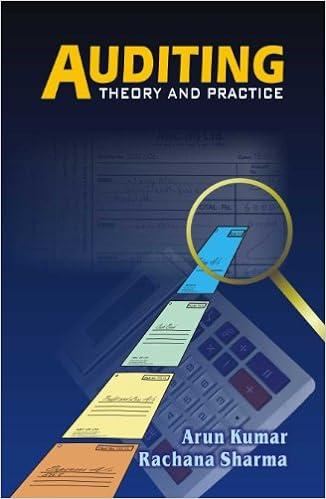Question
9. The Conceptual Framework describes prudence as _______________. A. The exercise of caution when making judgements under conditions of uncertainty B. A bias towards understating
| 9. | The Conceptual Framework describes prudence as _______________.
| ||||||||||
| 10. | Which statement is included in the Conceptual Framework?
| ||||||||||
| 11. | The fundamental qualitative characteristics of useful financial information are _______________.
| ||||||||||
| 12. | Consolidated financial statements provides information about the assets, liabilities, equity, income and expenses of both the parent and its subsidiaries as _______________.
| ||||||||||
| 13. | What drives the determination of the boundary of a reporting entity that is not a legal entity and does not comprise only legal entities all linked by a parent-subsidiary relationship?
| ||||||||||
| 14. | A reporting entity can be _______________.
| ||||||||||
| 15. | In explaining the meaning of the term obligation in the definition of a liability, the Conceptual Framework states _______________.
|
Step by Step Solution
There are 3 Steps involved in it
Step: 1

Get Instant Access to Expert-Tailored Solutions
See step-by-step solutions with expert insights and AI powered tools for academic success
Step: 2

Step: 3

Ace Your Homework with AI
Get the answers you need in no time with our AI-driven, step-by-step assistance
Get Started


